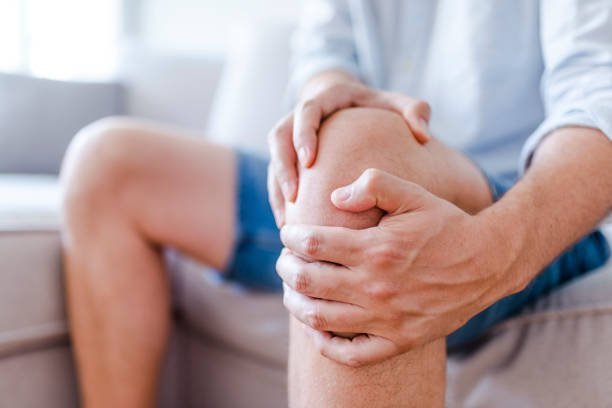Osteoarthritis (OA) is a degenerative joint disease that affects millions worldwide. It occurs when the cartilage that cushions the joints deteriorates, leading to pain, stiffness, and reduced mobility. Finding effective osteoarthritis and treatment options is crucial for managing symptoms and improving quality of life. This article explores proven OA therapy solutions to help you navigate your osteoarthritis and treatment journey.
Understanding Osteoarthritis
Osteoarthritis primarily affects weight-bearing joints, such as the knees, hips, and spine, but it can also impact the hands and fingers. The condition often develops gradually, with symptoms worsening over time. Early diagnosis and intervention are key to slowing the progression of OA and maintaining joint function.
Common Symptoms of Osteoarthritis
-
Joint Pain: Pain during or after movement is the most common symptom, often worsening with activity and improving with rest.
-
Stiffness: Many individuals experience stiffness, particularly in the morning or after prolonged inactivity.
-
Swelling: Inflammation around the affected joint may cause swelling and tenderness.
-
Reduced Range of Motion: As OA progresses, you may notice decreased flexibility and difficulty in fully moving the joint.
-
Crepitus: A grating sensation or sound when moving the joint may occur due to roughened cartilage surfaces.
Proven OA Therapy Options
When it comes to osteoarthritis and treatment, a range of therapies can effectively alleviate symptoms and enhance joint function. Here are some proven OA therapy solutions:
1. Physical Therapy
Physical therapy is a cornerstone of OA treatment. A licensed physical therapist can create a tailored exercise program designed to strengthen the muscles around the affected joint, improve flexibility, and enhance overall stability. Common modalities include:
- Strengthening Exercises: Focused on building muscle support around the joint.
- Stretching Exercises: Aimed at improving flexibility and reducing stiffness.
- Low-Impact Aerobic Activities: Such as swimming or cycling, which can help maintain cardiovascular health without stressing the joints.
2. Medications
Several medications are available for managing OA symptoms. These include:
- Nonsteroidal Anti-Inflammatory Drugs (NSAIDs): Over-the-counter options like ibuprofen or naproxen can reduce pain and inflammation.
- Acetaminophen: Another option for pain relief without the anti-inflammatory effects.
- Topical Treatments: Creams and gels containing NSAIDs or capsaicin can be applied directly to the skin over the affected joint for localized relief.
- Corticosteroid Injections: For more severe cases, your doctor may recommend injecting corticosteroids directly into the joint to reduce inflammation.
3. Lifestyle Modifications
Making lifestyle changes can have a profound impact on managing osteoarthritis symptoms. Consider these adjustments:
- Weight Management: Maintaining a healthy weight can significantly reduce stress on weight-bearing joints, alleviating pain and improving function.
- Balanced Diet: Consuming a diet rich in anti-inflammatory foods, such as fruits, vegetables, whole grains, and omega-3 fatty acids, can support joint health.
- Regular Exercise: Engaging in low-impact physical activities promotes joint mobility and reduces stiffness.
4. Alternative Therapies
In addition to conventional treatments, several alternative therapies may provide relief for osteoarthritis:
- Acupuncture: This traditional Chinese medicine technique can help alleviate pain and improve function by stimulating specific points in the body.
- Massage Therapy: Therapeutic massage can help relax muscles, improve circulation, and reduce pain around affected joints.
- Hydrotherapy: Water-based exercises can relieve pressure on joints while providing resistance for strengthening.
When to Consider Surgical Options
If conservative treatments fail to provide sufficient relief and your quality of life is significantly impacted, surgical options may be considered. Procedures such as arthroscopy, osteotomy, or total joint replacement can help restore function and alleviate pain.
Conclusion
Managing osteoarthritis requires a comprehensive approach that includes understanding your condition, exploring effective OA therapy options, and making lifestyle changes. With the right treatment plan, you can effectively alleviate symptoms, improve joint function, and enhance your overall quality of life. If you're experiencing symptoms of osteoarthritis, consult with a healthcare professional to develop a personalized treatment strategy tailored to your needs.

















